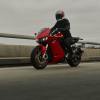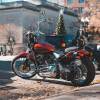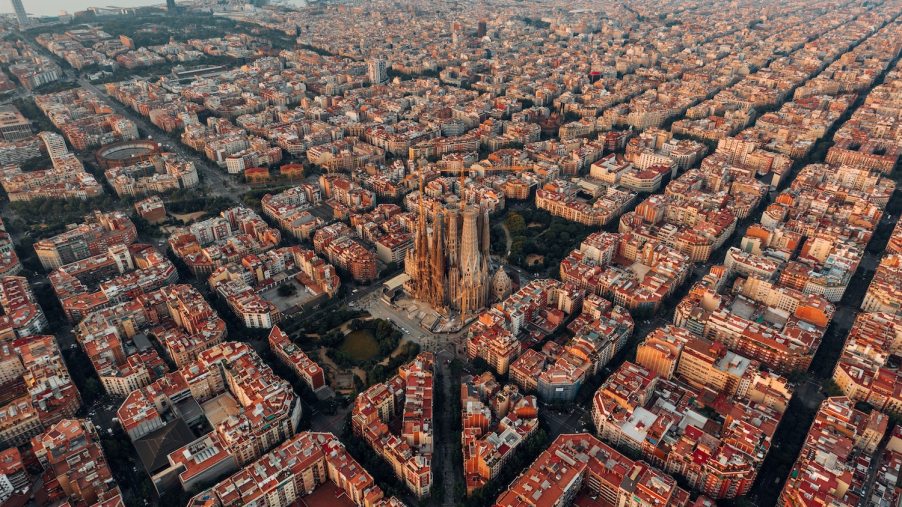
Barcelona’s Brilliantly Designed Intersections Make It Among the Best Cities for Bicycles
Barcelona is a Mediterranean port city. With 1.6 million people, it’s also the second largest city in Spain. It is known for its progressive urban planning, including its generous lanes for scooters and bicycle riders. By moving its crosswalks further down its side streets, Barcelona opened up an uninterrupted bike lane and created more space for businesses. Incredibly, the city had the foresight to make this change in the mid-1800s!
What is special about the intersections in Barcelona?
Many of the major intersections in Barcelona are shaped like octagons. Pedestrians walk a short way down the side street to their crosswalk while the bike lane passes directly through the intersections.
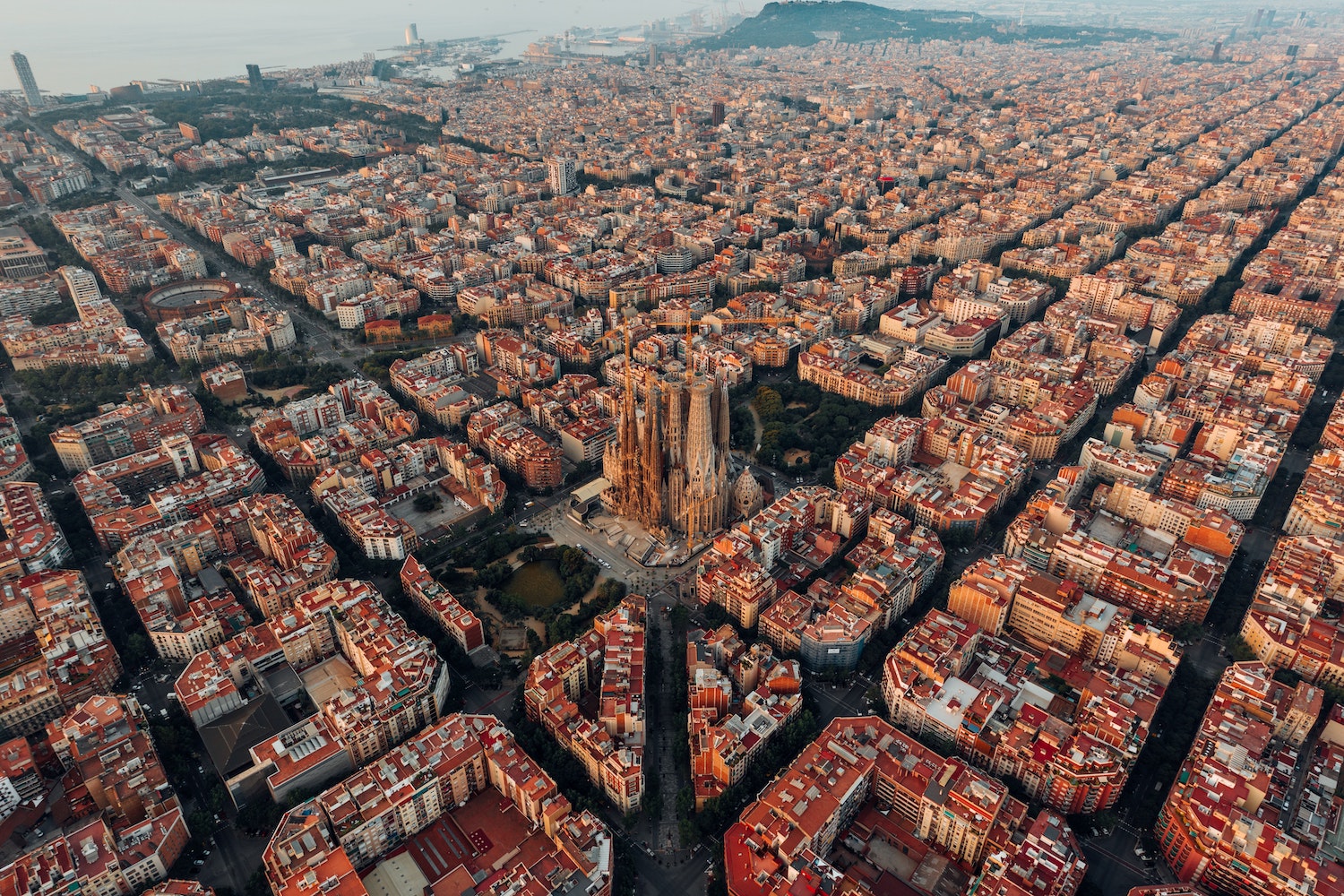
I spent a weekend visiting Manhattan before flying to Europe. If you’re familiar with New York City, you know that when the crosswalk signal changes, a mob of pedestrians, bicycles, and skateboarders surges onto the street. Even as the traffic light change back, a handful of stragglers tend to make a break for it, sprinting in front of the honking yellow taxi cabs.
So imagine my surprise when I went for my first walk in Barcelona and found leisurely order instead of the pedestrian chaos I was used to.
The easiest way to understand a Barcelona intersection is to picture an octagon. The city has moved the crosswalks a half block down each side street. If you are following the sidewalk, you walk along the main street, then diagonally down the side street, across the side street, and diagonally back onto the main street.
This diagonal space houses four to six additional businesses in each intersection. This increases the amount of businesses each block holds and decreases the distance you must walk for any given service.
The city’s elegant design is very old
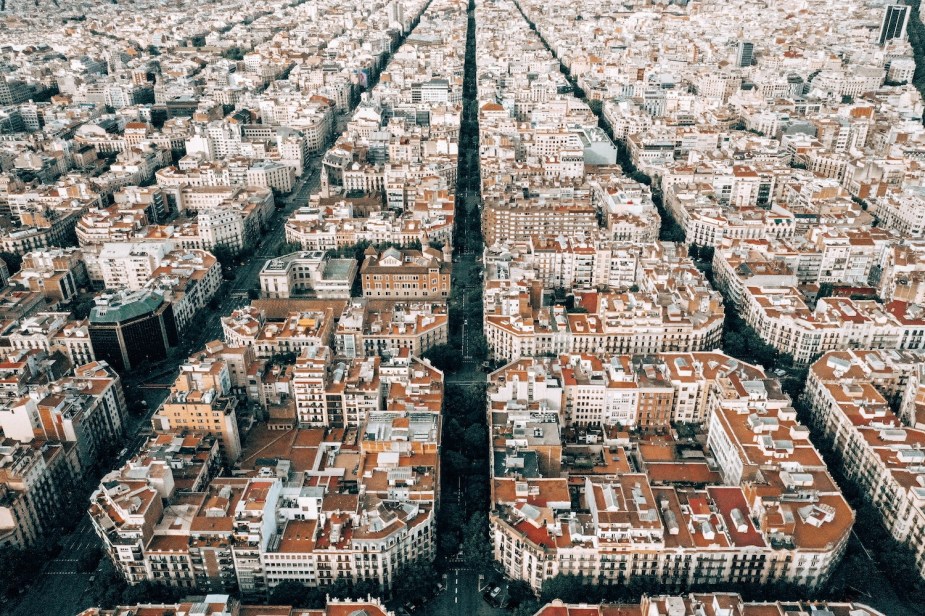
Barcelona benefits from the father of modern city planning, Ildefons Cerdà. Cerdà actually coined the term urbanization back in the 1800s–according to The Guardian. He even predicted ubiquitous, self-propelled transport. For this reason, he gave Barcelona’s intersections their octagonal shape.
Cerdà insisted on height limitations designed to provide maximum sunlight for all residents. He also urged the city to consider ample greenspace for ventilation and mental well-being. Finally, he opened up the intersections, hoping to give people walkways far away from the high-speed transportation he foresaw.
Modern city planners realized they had enough space for multiple lanes of traffic and a designated bicycle/scooter lane. All of this in addition to isolated sidewalks with their distinct, diagonal shape.
Modern Barcelona is moving away from automobiles
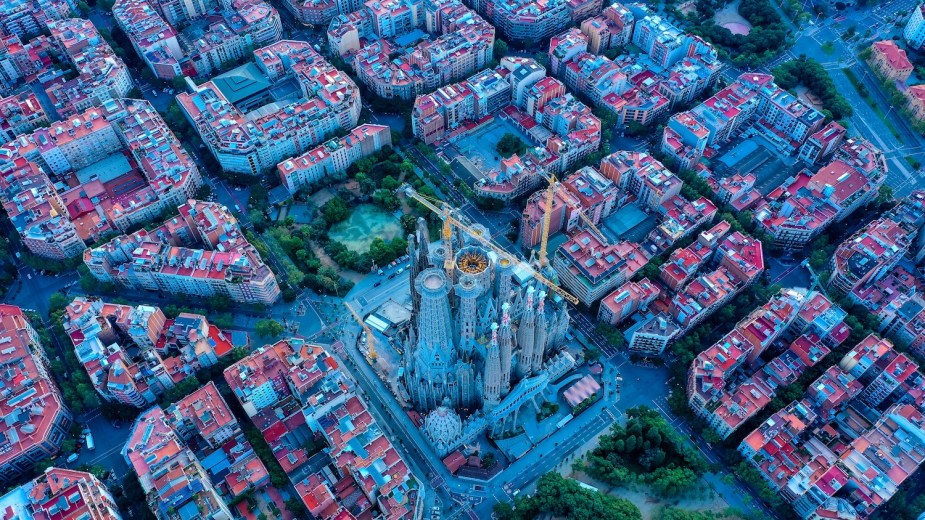
Current Barcelona city planners are combining groups of Cerdà’s signature octagonal city blocks into “superblocks.” The streets on the perimeter of these superblocks are engineered for the maximum number of vehicles. The city is also adding underground parking on the perimeters of its superblocks.
The streets inside these superblocks are narrower, sometimes one-way, and sometimes have low speed limits. Other streets are limited to motorcycles and scooters. On all of these streets, more space is dedicated to pedestrians or to trees.
At the heart of these superblocks are pedestrian plazas, streets turned into open areas for foot traffic only.
Barcelona is far from being a car-free city. It is not always the most convenient place to drive. But its insistence that pedestrians, bicyclists, and drivers can co-exist–in a human-centered city–is an example of one way to prevent outright car bans in the future.
Next, learn about the European invention of the car or see how Barcelona settled on octagonal city blocks in the video below:
